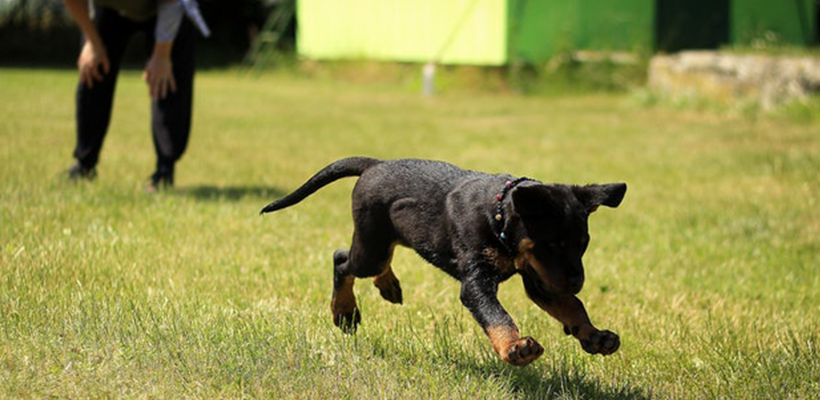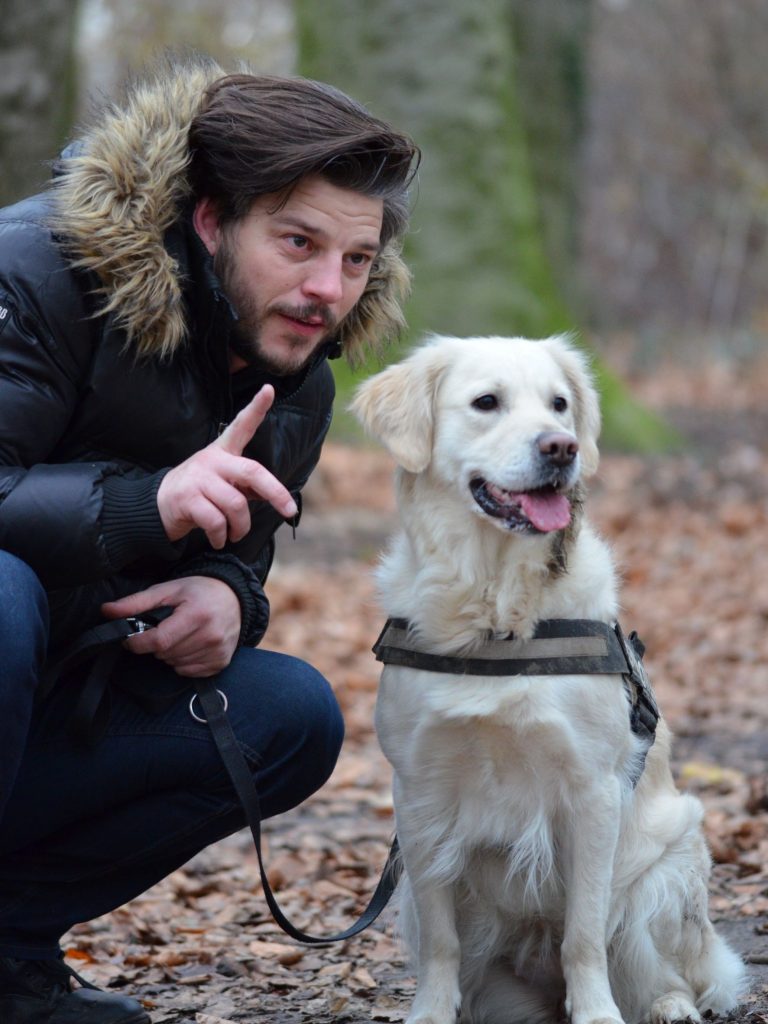
Last Updated on August 30, 2023
This article is contributed by guest writer Charmaine Miller (Animal Rights Activist).
4 Ways to Increase Your Chances of Being Reunited With a Missing Dog
Even the most responsible pet parent may experience the nightmare of losing their dog. Their precious pup might get lost due to chasing after another animal, or following after a scent or sound they got curious about. Whatever the cause may be, not knowing where your furry friend has gone can be an extremely stressful situation. You end up worrying about their safety and wondering when or if you’ll ever find them.
While you may have taken every precaution to ensure your pup stays put, there’s no guarantee that they won’t escape or stray away when an opportunity presents itself. The best thing you can do is properly prepare so that in case they do go missing, you have a higher chance of getting reunited with your lost pup quickly.
To help you in case you ever find yourself in such a situation, here are some ways you can ensure your dog is easy to identify and can be returned to you as soon as possible:

Let Them Wear Distinguishable Accessories
One simple way to help you find your four-legged pal is to have them wear distinguishable accessories. Often, dogs’ neutral-colored coats act as effective camouflage, especially when they’re outdoors. Because of this, they may blend in with their surroundings or be hard to see in the dark.
Fortunately, you can get around this by making your pet wear an eye-catching accessory such as a colorful dog bandana. Not only is putting a bandana on your pup one of many ways to keep your dog cool and comfortable during hot days, but it can also help your fur baby stand out against their environment. Because of this, you’ll have an easier time spotting them even from afar.
When choosing a dog bandana or any other accessory for this purpose, remember to get something in a vibrant color so that it instantly draws attention. Instead of just describing your pet as an adorable brown pup, for example, you can let other people know they were last seen wearing a yellow bandana. That way, should you enlist the help of your loved ones or neighbors to look for your lost pup, it’ll be easier for them to identify your canine pal thanks to the visually striking accessory your dog is wearing.

Make Sure They Have an Identification Tag at All Times
Some pet parents forget that attaching their dog’s identification tag to their collar is an effective way to ensure their pup gets returned to them quickly. That’s because, if their pet gets lost, the person who finds their pup can get the owner’s name and contact details simply by looking at the ID tag attached to the collar.
If your furry friend has had their identification tag for a while, make sure that it’s still in good shape. The information on the tag must be readable and up to date. If you’ve recently moved or changed your phone number, the new contact information must be reflected on your pet’s ID tag.
Also, your pet must wear a secure collar to which you can attach the tag. Inspect the condition of the collar every once in a while, too. If it’s worn or too loose, get a replacement. Make sure the collar isn’t too tight but stays securely around your dog’s neck even if they’re a very active pup.

Microchip Your Dog
A pet microchip is your best option for finding a lost pet. If your dog loses their collar and tag, it’ll be hard to identify who owns them and return them to their home. By contrast, if your pet is microchipped, a vet or animal shelter can scan the microchip and find an identification number. This number will then be searched in the manufacturer’s database to pull up your contact information.
Getting your dog implanted with a microchip is a simple and painless procedure. Typically, a microchip is injected by a vet under a pet’s skin, usually in the dog’s shoulder area. Dogs don’t notice the presence of the microchip as it’s only about the size of a grain of rice. As long as it’s implanted correctly, the microchip shouldn’t cause any health complications.
That said, keep in mind that you need to register the microchip into the manufacturer’s database. Otherwise, whoever finds your dog and scans the pup’s microchip won’t be able to trace the ownership back to you.

Train Your Pup
Teaching your dog to come to you when they’re called is very handy in case they decide to run off because something caught their interest. This might happen while you’re taking a stroll around the block or when your home’s front door is open. In such cases, a properly trained pup is more likely to recognize your voice and return to you once called.
If possible, start training your pet at the puppy stage so that they get used to the commands as early as possible. That said, older dogs can also still learn basic commands. Older pups may even have an advantage because they have better self-control compared to their younger counterparts.
Final Thoughts
Although nobody wants to go through the experience of losing their dog, it can happen even to the most responsible pet parent. The next best thing you can do is prepare for the situation. Make sure to follow these tips for better chances of being reunited with your pup in case they ever get lost.

beverly
April 25, 2022 at 1:20 PMThank you,
Everyone who owns a pet should get their pet an ID tag/collar.Have their pet micochipped and place in the company data for that microchip. Do it your self,don’t count on the vvet or shelter to register your pet and microchip. I like best the idea of a bandana or colorful vest so your pet can be spotted at a distance. Training your pet to come to you is the best thing you can do in training them.
Thank you for such good iformation.
Elena
May 5, 2022 at 2:47 PMIs a sharpie pen to write your phone number on the collar. Cats or dogs. If the tag comes off at least they’ll still be a phone number on the collar. And of course your pet should come to you when you call. Training doesn’t take very long when there are treats involved!!